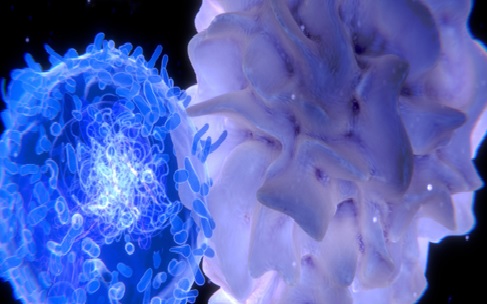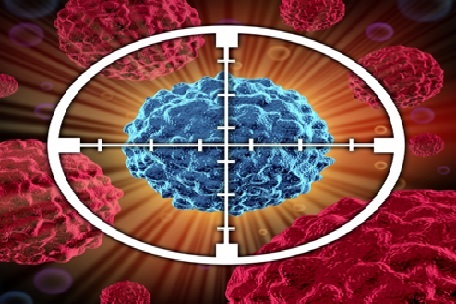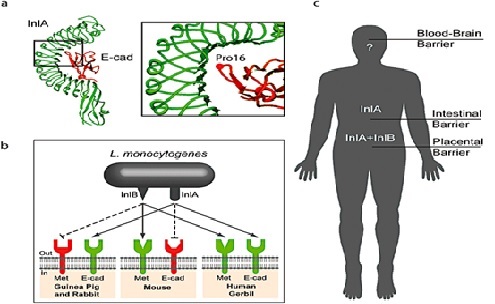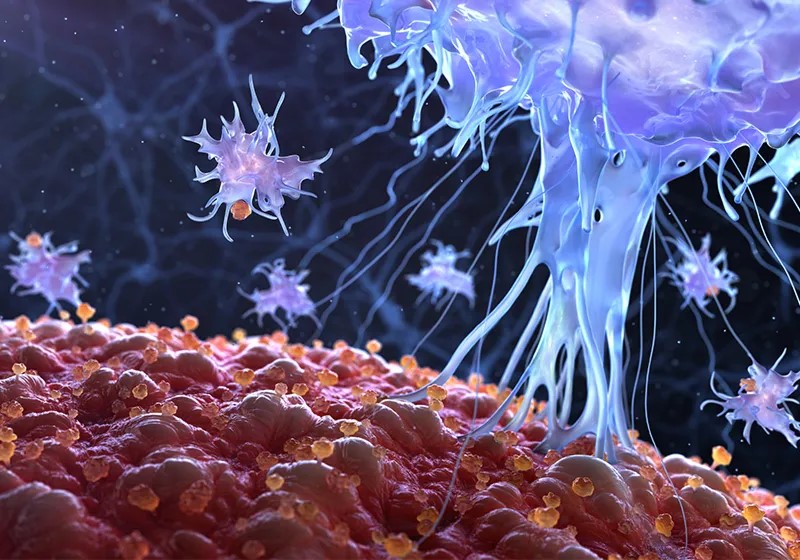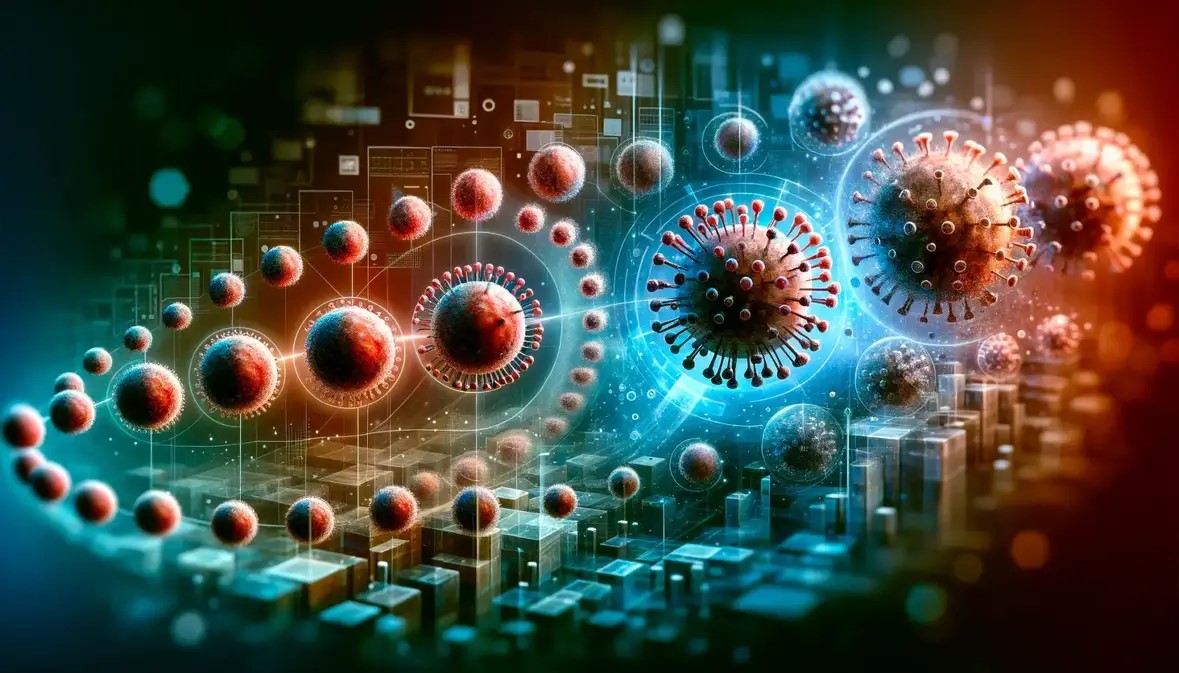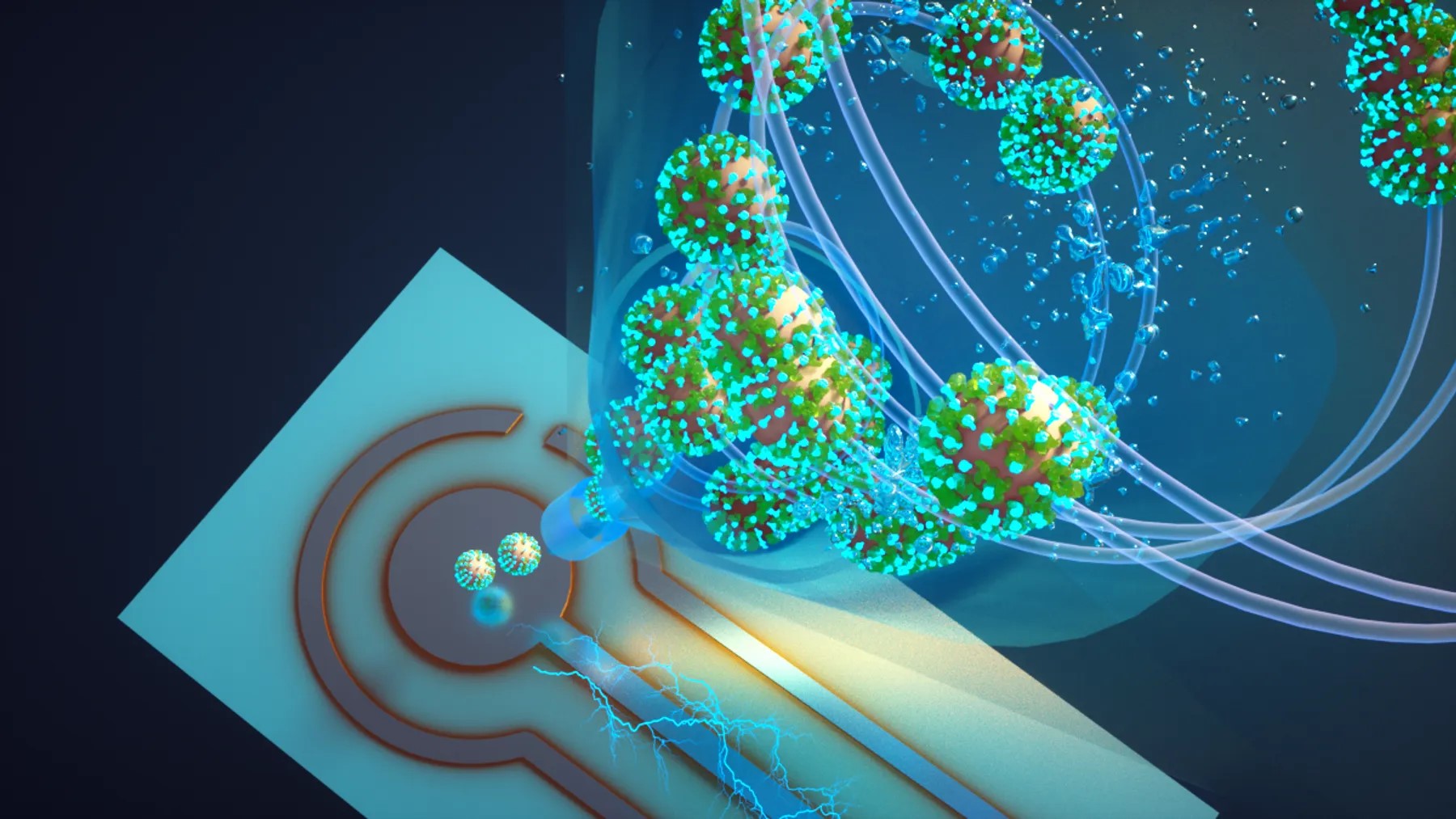'Retron' DNA: A Mysterious Material That Helps Scientists to Modify Human Genes
Retrons are bacterial genetic elements involved in anti-phage defense. They have the unique ability to reverse transcribe RNA into multicopy single-stranded DNA (msDNA) that remains covalently linked to their template RNA.
Retrons coupled with CRISPR-Cas9 in yeast have been shown to improve the efficiency of precise genome editing via homology-directed repair (HDR). In human cells, HDR editing efficiency has been limited by challenges associated with delivering extracellular donor DNA encoding the desired mutation. In this study, we tested the ability of retrons to produce msDNA as donor DNA and facilitate HDR by tethering msDNA to guide RNA in HEK293T and K562 cells.[1]
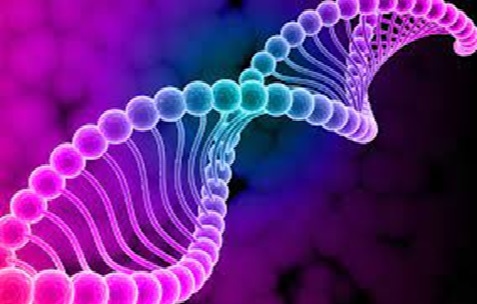
Figure 1. 'Retron' DNA: A Mysterious Material That Helps Scientists to Modify Human Genes
'Retron' DNA: A Mysterious Material That Helps Scientists to Modify Human Genes is shown in figure 1. Retrons are distinct DNA sequences that code for a reverse transcriptase (RT) similar to the RTs produced by retroviruses and other types of retroelements. Retron DNAs are commonly associated with prophage DNA and are found in the genomes of a wide variety of different bacteria. [2]
Retrons are the little cellular machines which dwell inside a bacterium’s gelatinous matrix. They produce single strands of DNA to detect certain viral infections. For the first time ever, researchers have used this natural DNA to modify genes in human cells.
The researchers modified retrons in the lab so they would produce the desired template DNA. Additionally, they elongated the RNA loops, a change that turned out to let each retron produce more DNA copies. Finally, they inserted the retrons into cells along with CRISPR’s components.[3]
Using this process, retrons produced from 10 to 100 times more template DNA in yeast cells than in human cells. The retrons also achieved better editing precision in yeast than in human cells, possibly because of the differing number of strands or the way each cell type repairs DNA.
“But frankly, we are not that worried right now,” Shipman says, “since this is only a foot in the door.” He says more adjustments and optimization will likely yield highly accurate editing in human cells.[4]
Once the DNA is cut, researchers use the cell's own DNA repair machinery to add or delete pieces of genetic material, or to make changes to the DNA by replacing an existing segment with a customized DNA sequence.
Genome editing is of great interest in the prevention and treatment of human diseases. Currently, genome editing is used in cells and animal models in research labs to understand diseases. Scientists are still working to determine whether this approach is safe and effective for use in people. It is being explored in research and clinical trials for a wide variety of diseases, including single-gene disorders such as cystic fibrosis, hemophilia, and sickle cell disease. [5]
References:
- https://www.ncbi.nlm.nih.gov/pmc/articles/PMC8892976/
- https://pubmed.ncbi.nlm.nih.gov/16093702/#
- https://www.healthcareradius.in/rd/retron-dna-helps-scientists-edit-human-genes
- https://www.scientificamerican.com/article/mysterious-retron-dna-helps-scientists-edit-human
- https://medlineplus.gov/genetics/understanding/genomicresearch/genomeediting
Cite this article:
Gokula Nandhini K (2023), 'Retron' DNA: A Mysterious Material That Helps Scientists to Modify Human Genes,AnaTechMaz,pp 201


